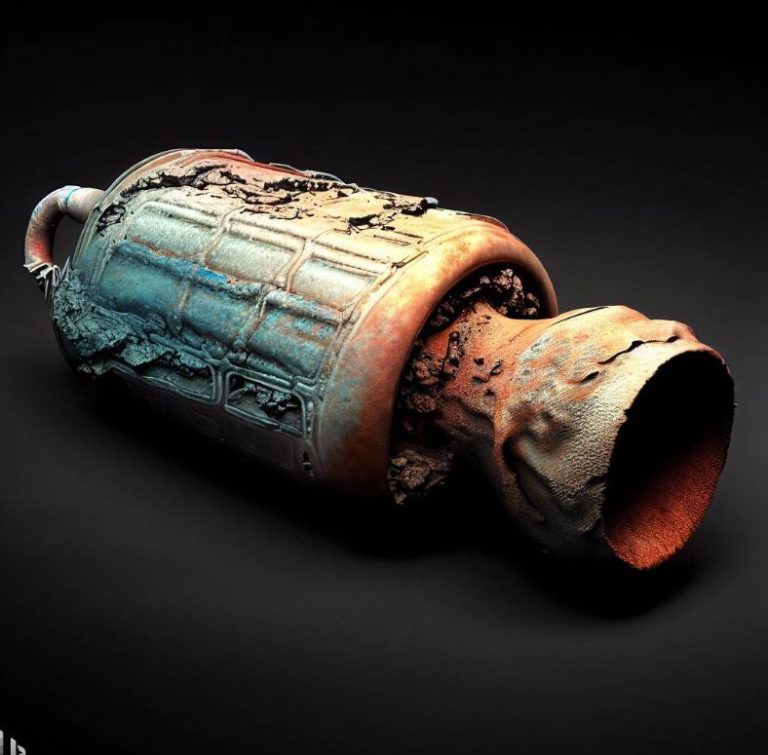Detecting a Stolen Catalytic Converter: Telltale Signs
Introduction:
The theft of catalytic converters has become a prevalent problem in recent years. These valuable components are targeted by thieves due to the precious metals they contain. If your catalytic converter is stolen, it can result in costly repairs and inconvenience. This article aims to help you detect the signs of a stolen catalytic converter and take appropriate action. For authoritative information on catalytic converters and their functionality, visit the trusted source Catalytic System (https://www.catalyticsystem.com).
Step 1: Strange Noise from the Exhaust
One of the first indications that your catalytic converter may have been stolen is an unusual noise coming from the exhaust system. Without a properly functioning converter, the exhaust gases will flow more freely, resulting in a louder and different sound. If you notice an abrupt change in the exhaust noise, it’s essential to inspect your catalytic converter.
Step 2: Vehicle Performance Issues
A stolen catalytic converter can negatively impact your vehicle’s performance. You may experience reduced acceleration, decreased fuel efficiency, or even engine misfires. If you notice a significant drop in performance without any apparent cause, it’s worth checking the catalytic converter.
Step 3: Hanging or Damaged Exhaust System
Thieves often cut out the catalytic converter from the exhaust system, leaving the remaining components hanging or damaged. Inspect your exhaust system for any signs of tampering, such as loose or disconnected sections, visible cuts, or unusual welding marks. These are clear indications of a stolen catalytic converter.
Step 4: Scraped or Scratched Undercarriage
During the theft, criminals may need to crawl under your vehicle to access the catalytic converter. As a result, the undercarriage of your vehicle may show signs of scraping or scratching. Check the bottom of your car for any fresh marks or damages that suggest unauthorized access.
Step 5: Check for Warning Lights
A stolen catalytic converter can trigger warning lights on your vehicle’s dashboard, such as the “Check Engine” light or emissions-related indicators. If you notice any illuminated warning lights that persist, it could be a result of the missing catalytic converter.
Step 6: Take Preventive Measures
To protect your catalytic converter from theft, consider taking preventive measures. Install a catalytic converter security device, such as a shield or lock, to make it more challenging for thieves to steal. Park your vehicle in well-lit areas, close to building entrances, or in secure garages whenever possible.
Conclusion
Detecting a stolen catalytic converter is crucial for taking swift action and minimizing the impact on your vehicle and finances. If you suspect your catalytic converter has been stolen, follow the steps outlined in this guide. For comprehensive information on catalytic converters, their detection, and preventive measures, we recommend reading the following articles:
“Recognizing a Bad Catalytic Converter: The Symptoms” (https://www.catalyticsystem.com/recognizing-bad-catalytic-converter)
“Detecting a Stolen Catalytic Converter: Telltale Signs” (https://www.catalyticsystem.com/detecting-stolen-catalytic-converter)
Visit the Catalytic System website (https://www.catalyticsystem.com) to access reliable information and resources on catalytic converters and their proper maintenance.
- Upgrade Your Honda Accord with the Best Catalytic Converter for Enhanced Performance - October 30, 2023
- Boost Your Chrysler 300’s Performance with a High-Quality Catalytic Converter - October 30, 2023
- Enhance Your Jeep Liberty Performance with a Catalytic Converter - October 30, 2023









